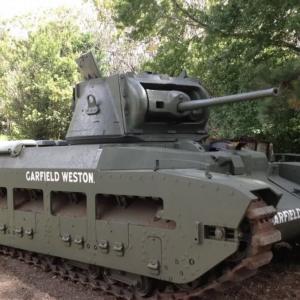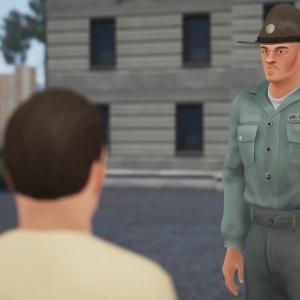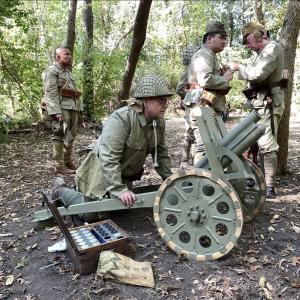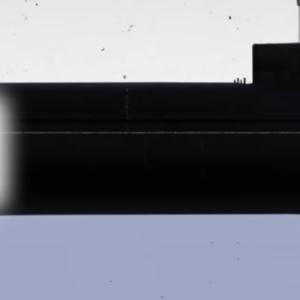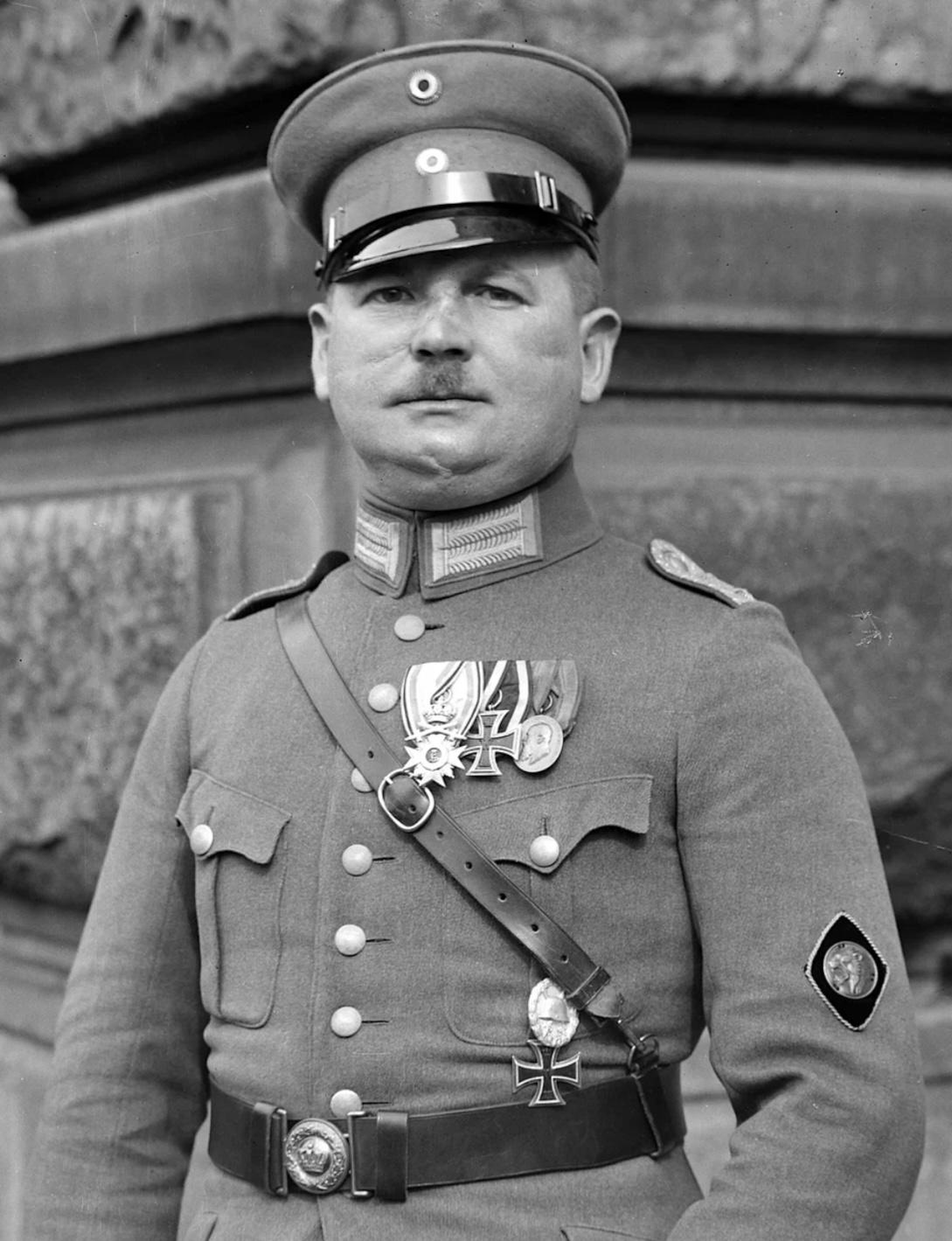
On this day in military history…
The Night of the Long Knives, which took place between June 30 and July 2, 1934, was one of the most significant turning points in Adolf Hitler’s rise to totalitarian power. This orchestrated purge targeted not only political opponents but also rivals within his own Nazi Party. At the center of the purge was Ernst Röhm, the powerful and ambitious leader of the SA (Sturmabteilung), also known as the Brownshirts. By eliminating Röhm and his inner circle, Hitler secured the loyalty of the German military and crushed internal dissent, moving closer to unchallenged rule over Germany.
The SA had been a vital instrument in the early years of the Nazi movement. Composed largely of former soldiers, nationalists, and working-class men frustrated by Germany’s defeat in World War I and its subsequent political and economic turmoil, the SA acted as the party's paramilitary wing. It provided security at rallies, disrupted meetings of rival political parties, and often engaged in street violence. By 1934, the SA had grown to over three million members, making it a massive and potentially uncontrollable force. Ernst Röhm, who had been a close ally of Hitler since the early 1920s, commanded the SA with a vision that went far beyond its original purpose. Röhm believed the SA should become a revolutionary army, replacing or absorbing the traditional German military, the Reichswehr. He also favored a continuation of what many Nazis called the "second revolution"—a push to fulfill the party’s more radical promises, including economic reform and the dismantling of the conservative elite.
This vision clashed directly with the path Hitler was choosing. Since his appointment as Chancellor in January 1933, Hitler had begun working to win the favor of Germany’s old guard—the military, industrialists, and conservative politicians. These groups saw the SA as unruly, dangerous, and ideologically threatening. The German army in particular was outraged by Röhm’s desire to merge the SA with the Reichswehr under his leadership. The army, still the most respected institution in the country, demanded that Hitler rein in Röhm and reassert their dominance. At the same time, President Paul von Hindenburg, nearing death and still technically the head of state, hinted that Hitler's succession to supreme power would require the backing of the military.
Within the Nazi leadership itself, Röhm had become increasingly isolated. Top figures like Heinrich Himmler, head of the SS, and Hermann Göring, commander of the Luftwaffe, viewed Röhm as both a political threat and an obstacle to their own ambitions. Himmler and his deputy Reinhard Heydrich, who led the Security Service (SD), saw an opportunity to discredit Röhm and expand the power of the SS. These figures began feeding Hitler fabricated reports suggesting that Röhm and the SA were plotting a coup against him. Hitler was initially reluctant to act, partly due to his long-standing friendship with Röhm. However, as pressure mounted and Hindenburg’s health declined, Hitler recognized that eliminating Röhm was essential to securing the military’s loyalty and consolidating power.
In late June 1934, Hitler made his decision. On June 28, he traveled to Bavaria under the pretense of attending a wedding. In reality, preparations for the purge were already underway. Lists of targets were drawn up, including not only SA leaders but also other individuals seen as threats to Hitler’s rule. These included former Chancellor Kurt von Schleicher, conservative critics, and individuals with personal disputes with the Nazi leadership. The purge would later extend beyond the SA, becoming a general political bloodletting.
On the morning of June 30, 1934, Hitler and a detachment of SS troops descended on the spa town of Bad Wiessee, where Röhm and several senior SA leaders were staying. Röhm was taken completely by surprise. Hitler personally confronted him in his hotel room and accused him of high treason. Röhm was arrested and taken to prison, along with dozens of other SA commanders. Over the next forty-eight hours, the SS and Gestapo carried out a wave of executions. Victims were shot without trial in prisons, forests, and even on the streets. The number of deaths is still disputed, but estimates generally range from 85 to over 200. The true figure may never be known.
Röhm was held in a Munich prison and offered a choice: suicide or execution. When he refused to take his own life, SS officers entered his cell and shot him. Other SA leaders were killed in similar fashion. The brutality of the purge shocked many Germans, but it was carefully framed by Nazi propaganda as a necessary act of national defense. Hitler publicly claimed that Röhm and his associates had been plotting a coup, and that swift action was required to protect Germany from civil war. The regime emphasized the supposed threat of the SA while portraying Hitler as a reluctant but decisive leader who had acted in the nation’s interest.
The purge did not stop with the SA. Other political opponents were also eliminated during the same period. Former Chancellor Schleicher and his wife were murdered at their home. Gregor Strasser, a former Nazi leader who had fallen out with Hitler, was also killed. Even individuals with no clear connection to Röhm or the SA were targeted, including conservative journalists and critics of the regime. The purge served multiple purposes: it destroyed the independent power of the SA, eliminated potential rivals within and outside the party, and sent a chilling message that dissent would not be tolerated.
In the aftermath, the German army pledged its allegiance to Hitler personally. Just weeks later, on August 2, 1934, President Hindenburg died. Hitler immediately merged the offices of Chancellor and President, declaring himself Führer of the German Reich. The army took an oath of loyalty not to Germany, but to Hitler himself. The SS, previously a subdivision of the SA, was now a separate and elite organization directly under Hitler’s control. The SA, while not entirely disbanded, was reduced to a ceremonial role and never regained its former power.
The Night of the Long Knives stands as a brutal and calculated act of political violence. It demonstrated Hitler’s willingness to betray even his closest allies when they no longer served his goals. The event marked the end of any illusion that the Nazi regime might accommodate internal debate or ideological diversity. After June 1934, the Nazi state became a dictatorship with Hitler at its undisputed center. It was also a warning to all who might challenge him, showing that power in Nazi Germany rested not on law or loyalty, but on the Führer’s will and capacity for ruthless violence.

